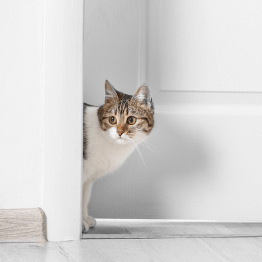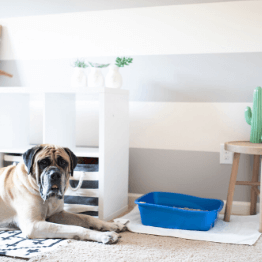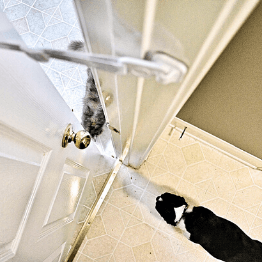HOW MUCH XYLITOL IS TOXIC TO DOGS
By: Door Buddy Editors | Published: 7 February 2025

As “pawrents”, it’s our job to keep our furry friends safe from harm, but there’s one sneaky danger you might not know about - xylitol. This sugar substitute is commonly found in many household products, but it’s highly toxic to dogs. Even small amounts can lead to serious health issues. So, how much xylitol is toxic to dogs? Let’s get into the details and see how you can keep your pup safe! Wondering which other human foods are toxic to dogs? Read this blog to find out!
WHAT HAPPENS IF A DOG EATS XYLITOL?
So, what does xylitol do to dogs? Well, xylitol can cause a rapid release of insulin in dogs, which leads to hypoglycemia (low blood sugar). This can make your dog feel very unwell and even cause seizures or collapse. In extreme cases, it can lead to liver failure and, sadly, even death.
If you’ve ever wondered, is xylitol toxic to dogs? the answer is yes! And unfortunately, it’s often found in products that are common in our homes. So, how much xylitol is too much? Let’s get into the specifics.
HOW MUCH XYLITOL IS TOXIC TO DOGS?
As a general rule, xylitol ingestion of 0.1 grams per pound (0.22 grams per kilogram) of body weight is toxic to dogs, leading to hypoglycemia. In severe cases, 0.5 grams per pound can cause extreme toxicity.
For example:
-
A 20-pound dog eating just 2 grams of xylitol could experience a dangerous drop in blood sugar.
-
0.5 grams per pound could cause severe toxicity - so for a 20-pound dog, that would be about 10 grams of xylitol!
That’s why it’s essential to be vigilant about what your dog has access to.
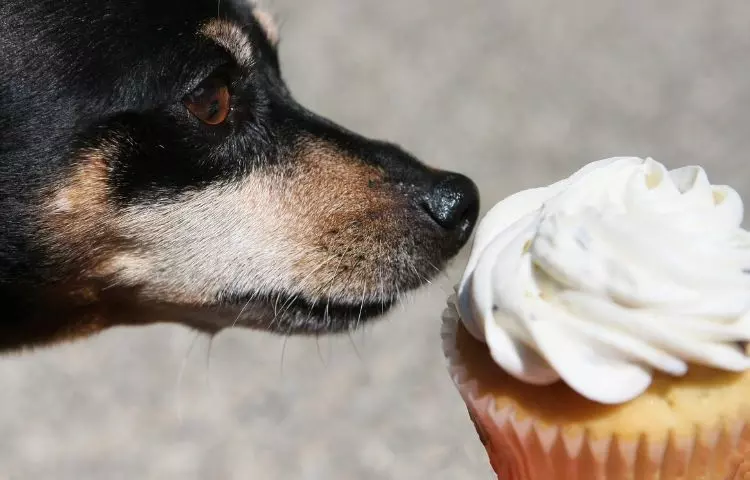
XYLITOL AND DOGS SYMPTOMS: WHAT TO WATCH FOR
If your dog eats xylitol, you’ll want to monitor them closely for xylitol poisoning dog symptoms. Symptoms typically appear within 30 minutes to an hour of ingestion, and they progress rapidly if left untreated.
Early Signs (within 30 minutes):
-
Vomiting
-
Lethargy (your dog’s energy will be much lower than usual)
-
Drooling
-
Lack of coordination or balance
Progression (1-12 hours):
-
Severe hypoglycemia (low blood sugar)
-
Seizures or tremors
-
Collapse or loss of consciousness
Severe Toxicity (12+ hours):
-
Liver failure (your dog may appear yellowish)
-
Jaundice (yellowing of the skin or eyes)
-
Potential death in severe cases if not treated quickly
If you see any of these signs, especially within an hour of your dog eating something with xylitol, it’s time to call the vet!
XYLITOL AND DOGS TREATMENT: WHAT TO DO
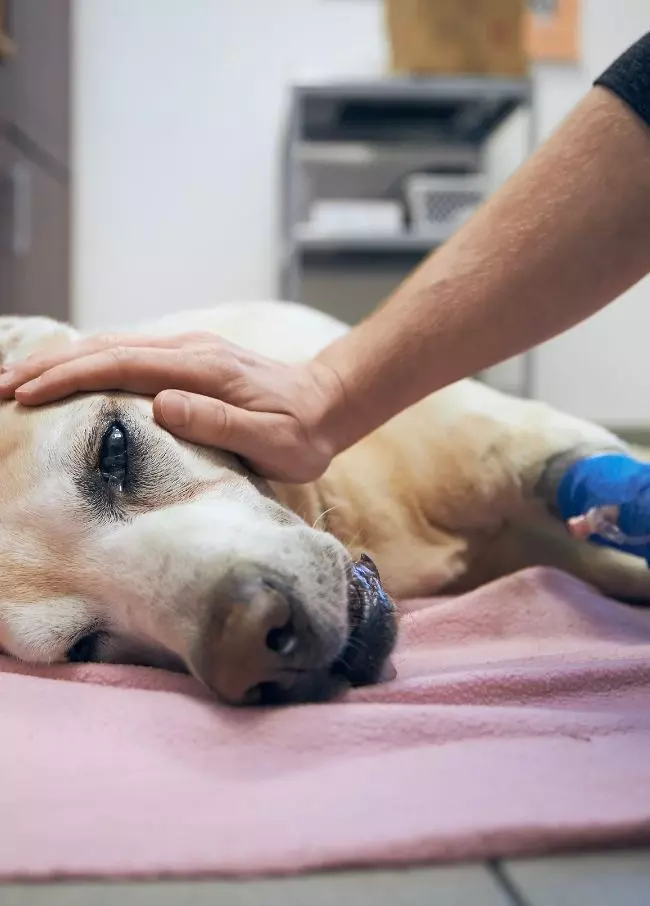
If you suspect your dog has eaten xylitol, don’t wait for symptoms to appear. The faster you act, the better the chances for recovery. Xylitol toxicity in dogs can progress quickly, so it’s important to get treatment as soon as possible.
Medical Treatment for Xylitol Poisoning:
-
Inducing vomiting: If it’s within an hour of ingestion, the vet may induce vomiting to prevent the xylitol from entering the bloodstream.
-
IV glucose: To counteract the drop in blood sugar, your dog may need intravenous glucose or other supportive care.
-
Liver support: In severe cases, your dog may require specialized treatments to support liver function.
If your dog is treated quickly, xylitol dogs survival rate is generally high, but it’s crucial not to delay.
HOW LONG DOES XYLITOL STAY IN A DOG’S SYSTEM?
Once ingested, xylitol is quickly absorbed into the bloodstream, but it can stay in your dog’s system for several hours. The exact duration depends on factors like how much was eaten and how quickly treatment is administered. But in general, xylitol stays in a dog’s system long enough to cause serious damage if not treated immediately.
PREVENTION TIPS: KEEP YOUR DOG SAFE
The best treatment is prevention! Keep xylitol-containing products out of reach, especially if your dog is a curious one. Here are a few tips to help you avoid xylitol poisoning in dogs:
-
Store xylitol products in high cabinets: Keep items like gum, candies, or baked goods that contain xylitol well out of reach.
-
Be cautious about human foods: Many sugar-free foods and candies contain xylitol - make sure you read labels carefully!
Educate everyone: Make sure your family members and guests know that xylitol is dangerous for dogs.
ALTERNATIVES TO XYLITOL IN PET PRODUCTS
Luckily, there are safer alternatives to xylitol if you want to treat your dog with something sweet. Look for products that use safer ingredients, such as:
-
Natural sweeteners like honey or molasses.
-
Pet-specific treats that are designed with dogs in mind and don’t contain harmful ingredients.
By choosing safer options, you can avoid the risk of xylitol toxicity in dogs altogether.
PET INSURANCE AND EMERGENCY CARE: BE PREPARED
Emergencies happen, and pet insurance can help ease the financial burden of unexpected vet visits. Many pet insurance plans cover emergency care for things like poisoning. Consider looking into a plan that offers protection for your dog in case of xylitol or other toxic exposures.
Also, make sure to keep the contact info for your emergency vet clinic and the pet poison control hotline on hand, just in case.
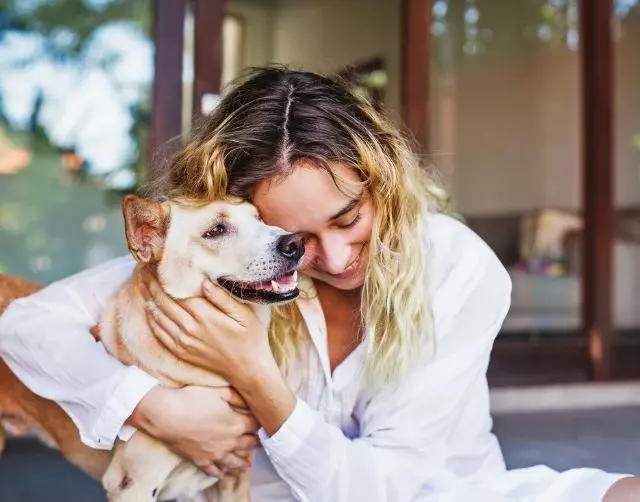
CONCLUSION: KEEPING YOUR DOG SAFE FROM XYLITOL
So, is xylitol toxic to dogs? Absolutely, yes! Even a small amount can cause serious health issues. By being aware of what happens if a dog eats xylitol, knowing the symptoms, and understanding the xylitol poisoning timeline, you can act fast if an accident happens.
Stay vigilant, keep xylitol-containing products away from your dog, and have a plan for emergency care if needed. Your dog’s health is priceless, so let’s keep them safe from the dangers of xylitol - and learn about other toxic substances in the house for pets to ensure their safety!

